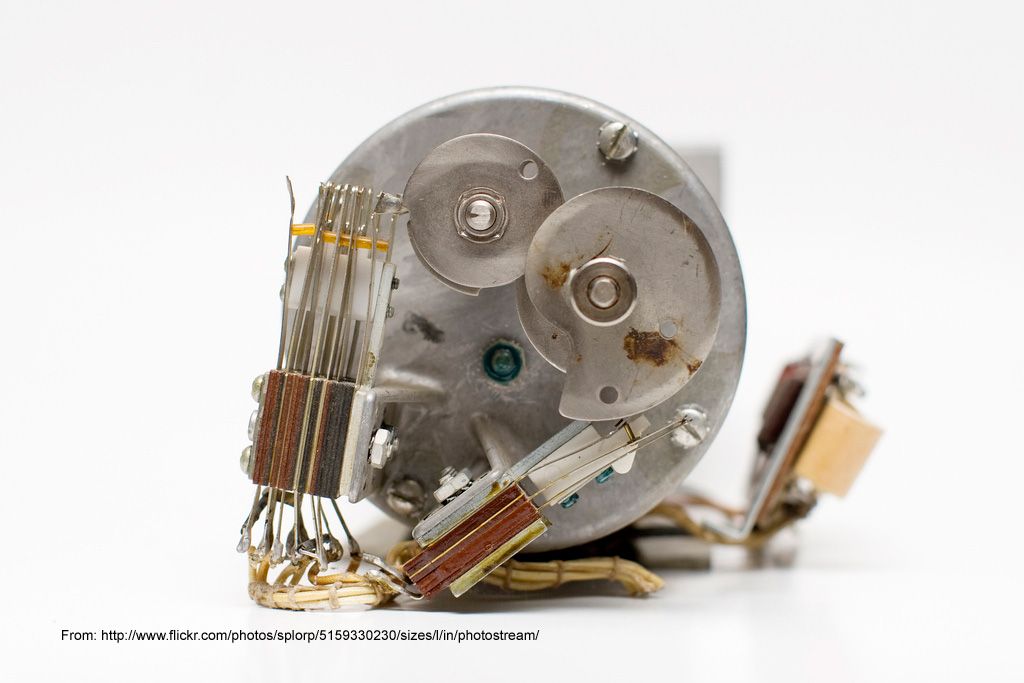This thread is to discuss Tinmanpower's theory's as related to the Lockridge device, as comments cannot be posted on the main thread by people who have not brought the related DVD.
http://www.energeticforum.com/renewa...tml#post216918
Regards
John
http://www.energeticforum.com/renewa...tml#post216918
Regards
John


Comment